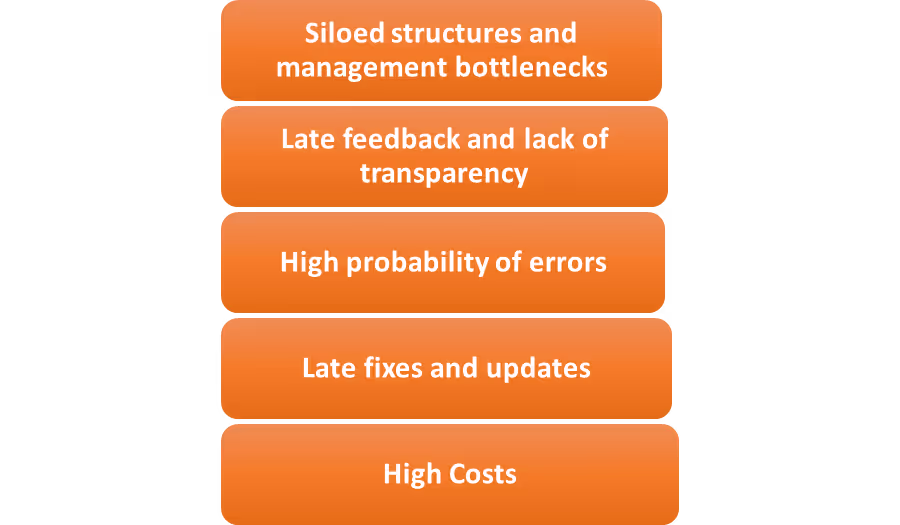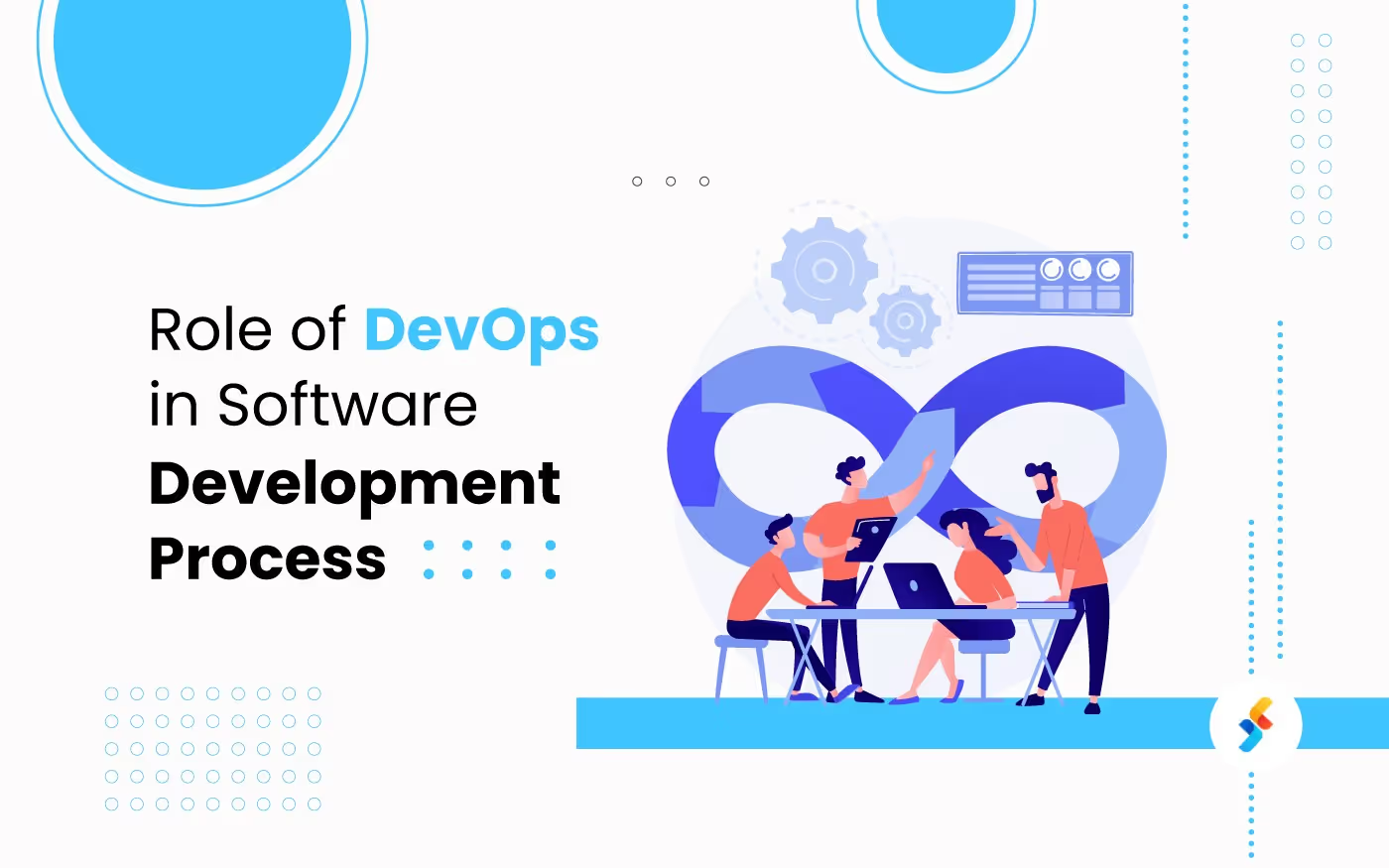Summary: Want to know how DevOps is helping organizations to grow faster? You are at the right place! Get a detailed overview of key practices of DevOps transforming businesses through automating and streamlining the software development process.
Software developers spend maximum time fixing bugs and vulnerabilities throughout the software development process. However, with DevOps best practices, you can easily manage and secure these problems. Why? Software that uses DevOps practices gets continuously improved and maintained. It makes software smart and enables it to deal with errors and issues. As a result, you will rest assured of speed and security. In this blog, we will be discussing the role of DevOps practices in software development. Read to know.
How Do DevOps Practices Improve Software Development?
DevOps practices pay attention to every level of the software development process. It has altered software development & delivery for the better. Software developers now don't have to release a new version every year. They can release updates and fix them as quickly as possible.
Tools like Jenkins or Docker also provide support. These tools enable the automation of procedures and application processes. As a result, you have a simplified process.
Why Do Companies Need DevOps?
With emerging technology, the competition between technology is also growing. Companies want to remain in the limelight and outran their competitors. They want to fail, learn, and come back as fast as possible. They want to figure out what's best and what's a big NO.
DevOps is an ideal match here. Why? It includes agile practices, makes software delivery smooth, and eliminates bottlenecks. Hence, all software-powered companies need to embrace DevOps right away.
Challenges in Traditional SDLC
Despite the minimalism of the Software Delivery Life Cycle (SDLC) model, there are several defects. It is where the DevOps role comes into play. Challenges faced by developers in traditional SDLC includes-

How Is DevOps Changing the Software Development Environment?
- DevOps reduces the maximum task which developers do manually and continuously. It gives a boost to the development team.
- It brings harmony between the teams in the company and reduces the blame game.
- Just like other emerging technologies, DevOps is a game disruptor.
- It enables the team to evolve and learn together.
- It ensures quick and automatic deployment with rapid release cycles.
- DevOps allows you to have microservices architecture and leverage containers.
- DevOps reduces dependencies and makes things less complicated.
Benefits of Implementing DevOps with the Software Development Process:
1. Quicker Identification and Modification of Software Defects
With an improved collaboration between operations and software development, it is much easier to identify and rectify any defects early.
2. Less Human Errors
With DevOps, there are lesser chances of failure. Why? Owing to active human participation during the processes. How? by deploying frequent releases. It is possible to control the rate of application failures with multiple deployments within a specified timeline.
3. Greater Reliability
DevOps ensures reliability along with smooth operations. Organizations using DevOps get their deployment many times faster compared to those who don't use them.
4. Better Resource Management
There are circumstances where developers and testers wait a long for resources, resulting in delays of delivery. Agile development with a DevOps methodology helps to fill these gaps quickly.
5. Increased Collaboration
DevOps improves collaboration between team members and encourages them to connect and work together. As a result, you can achieve your goal fast.
6. Stronger Efficiency
Organizations with DevOps spend an approximate 22% less time on unplanned work and rework. As a result, they can save approx. 29% of their time and can start with new projects.
3 Crucial DevOps Practices for Software Development
Companies investing in DevOps need to understand several specific practices and tools crucial to DevOps. Below are three of the most critical methods:
Continuous Integration (CI): Continuous integration is a part of the agile methodology where the software gets developed in tiny phases with instant detection and correction of flaws. The prime aim of continuous integration is to improve the quality of software and reduce time to market.
Continuous Delivery: Continuous delivery is a smart software development practice that allows you to change the code or fix identified errors quickly. Also, it deploys all code into a testing environment after the build stage.
Continuous Deployment (CD). Continuous deployment broadens the act of continuous integration. A company doing continuous deployment might release code or feature changes several times a day. Here, automation facilitates the deployment of written codes in real-time.
At present, DevOps is an integral part of the cloud solution. DevOps principles and practices make the cloud infrastructure journey smooth, efficient, and useful.
In a nutshell, the Cloud-DevOps inclination has been successful in relieving IT departments from operational tasks.
Conclusion
By now, you must have got a pretty good understanding of DevOps in Software Development processes. DevOps is not just mainstream; it is everything. You can't achieve anything without DevOps.
At Successive Digital, we have helped companies successfully move from siloed traditional SDLC to an environment of cross-functional teams. Our team of DevOps experts is here to help you throughout the transformative journey. Connect today to scale your business.
If you have questions about DevOps and how you might apply it to your project, please comment.
.avif)










.jpg)









